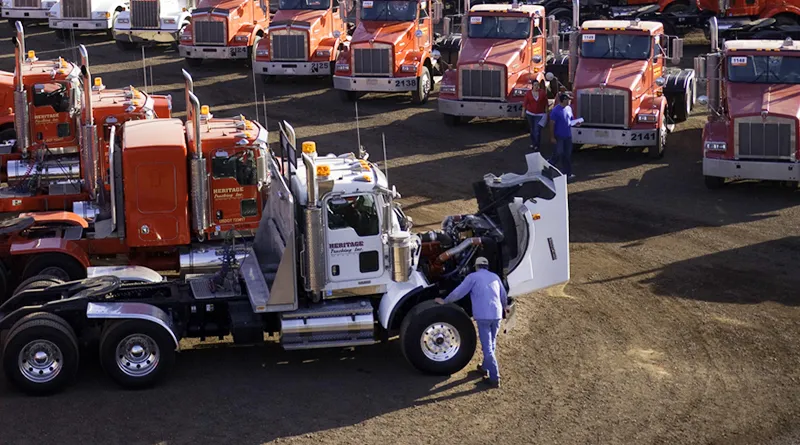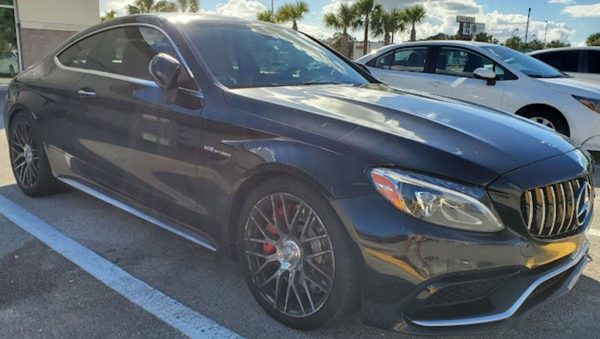When inspecting a used truck, it is essential to check for rust. While some rust is superficial, structural rust can indicate damage that has not been repaired. Buyers should also look for the cab and bed size. They are crucial factors in determining the power and space the truck will have.
Table of Contents
Engine
Trucks are built with durability in mind and, as long as they’re treated well, hold their value better than sedans or SUVs. They often have off-road prowess, are great for towing, and offer a larger cargo bed than most cars. When shopping for used trucks for sale near me, check the engine to ensure it’s in good shape. A clean engine is essential, so look for a dipstick with no crusty build-up on it, and make sure the spark plugs aren’t covered in dirt. Trucks are known for their large blind spots, so it’s wise to get one with blind-spot monitoring that scans the truck’s natural blind spots and alerts you when another vehicle is nearby. A rearview camera also comes in handy when backing up or parking the truck, and some trucks even have hitch-alignment lines that make lining up your trailer a breeze. Some trucks also have a remote start, so you can warm the cabin on a cold winter morning or cool it down on a hot summer afternoon. This feature can save you time and frustration on those sweltering days.
Transmission
The transmission function is relatively simple: it ensures the proper amount of engine power gets to the wheels for driving at any given speed. It’s also vital to fuel economy. For this reason, knowing the type of transmission a truck has is essential before purchasing it. The good news is that most modern vehicles will state the type of transmission they have on their window sticker. However, determining what kind of transmission a particular make and model has installed can be more complicated when looking at pre-owned vehicles. For example, some used trucks might have a manual transmission, and others will have a CVT. The best way to find out is to ask the dealer or review the vehicle’s history online. Knowing the history of a used truck is an excellent way to gauge whether it has had any significant modifications and to see how much wear and tear it’s suffered over time.
Brakes
Brakes are a vehicle’s most important safety feature. They convert kinetic energy into thermal energy through friction to slow and stop your four-thousand-pound metal machine. The brake system’s main components include the master cylinder, caliper, and rotor. The master cylinder pumps hydraulic pressure to each wheel’s caliper when you hit the brake pedal. The caliper clamps brake pads against the spinning metal disc (the rotor) attached to each wheel. The sacrificial brake pads grab the rotor like those rubber pads grab a bike wheel, and the friction and heat generated bring your car to a stop. Check for signs that the brake rotors are warped or need to be replaced. A spongy brake pedal or vibrations through the steering wheel indicate excessive pad wear during braking. If you’re buying a used car, examine the previous owner’s maintenance records to see how often the brakes were serviced and when they were last replaced. It’s always a good idea to consult an experienced mechanic before making a final purchase decision. They’ll be able to inspect your prospective used truck with the help of special brake diagnostic equipment.
Exterior
America’s three best-selling vehicles are full-size pickups, and for a good reason. They offer hard-working muscle, everyday living space, and the ability to haul and tow loads that most SUVs can’t handle. That’s why it’s essential to understand what you need from a truck before shopping for one. That means knowing whether you need 4-wheel drive (4WD), towing capabilities, or both. It also means considering cab configurations like Crew Cab (four doors and seating in the second row) versus Double Cab or Quad Cab (two doors and seating for three). Before buying, ask the seller for larger pictures of the exterior and cabin to see how well the vehicle has been cared for. Inspect for dents, scratches, cracked windshields, and other signs of wear or neglect.
Interior
The interior of a vehicle can give a glimpse into what it has been through in its life. If the interior is shabby, it might mean that the car has been involved in some accident, or it might be a sign of poor maintenance.
When checking the interior, make sure to take note of all the features that you need. For example, if you want automatic dimming mirrors or Bluetooth capabilities, check that the car has these. Likewise, if you need a large trunk for lugging around a stroller or sports equipment, ask if the vehicle has a spacious trunk. Another essential interior feature to check is the head gasket between the engine’s lower and upper parts (also called the engine block and cylinder head). Coolant or engine oil could leak into the cylinders and cause severe damage if it has been damaged. Inspect the gasket for leaking oil and the general dirt and grime on the connectors and electrical parts.





